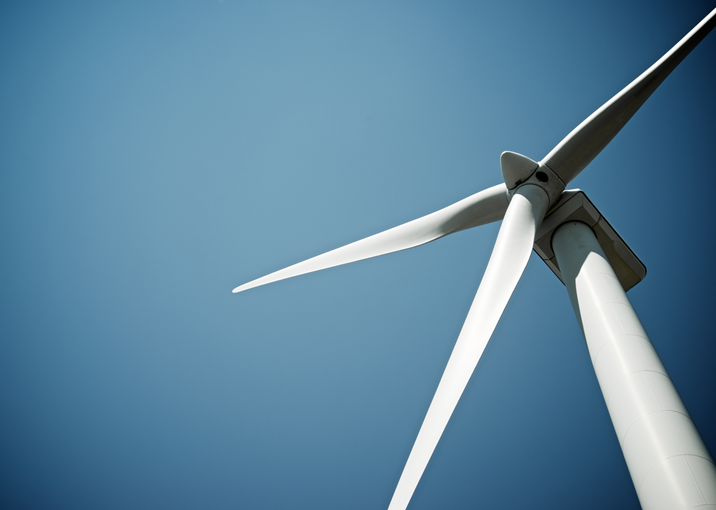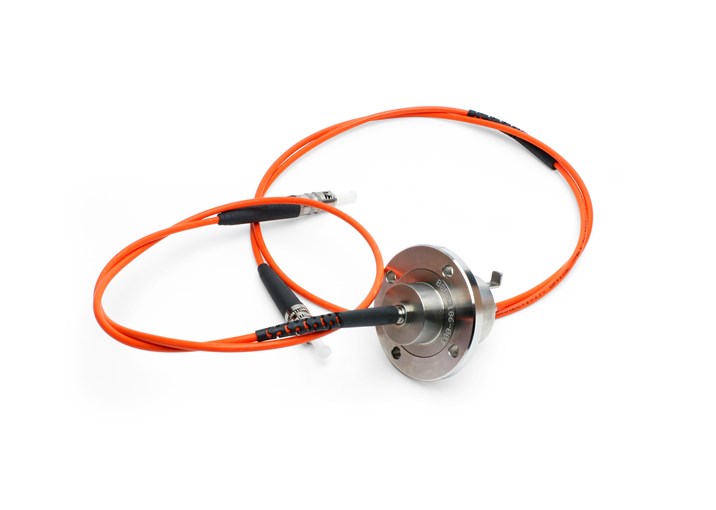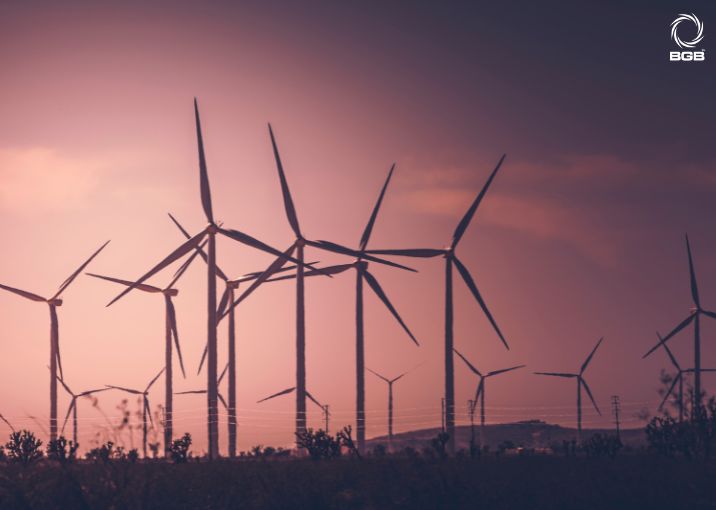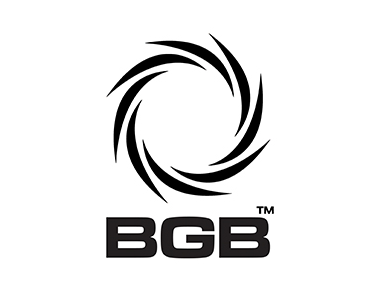The Power of Wind: How US States Are Harnessing Renewable Energy
Wind energy is becoming an increasingly vital component of the United States' renewable energy landscape, providing clean, sustainable electricity to millions of homes and businesses. With turbines installed across coastlines, plains, and mountain ranges, the US continues to embrace wind power as a key driver in its transition towards a greener energy future.
The country is now home to over 70,000 wind turbines, each contributing towards reducing greenhouse gas emissions, improving air quality, and enhancing energy security. Beyond its environmental benefits, the wind industry also plays a crucial economic role, supporting over 120,000 jobs in turbine manufacturing, maintenance, and operations.
Not only is wind power a cost-effective alternative to fossil fuels, but it is also integral to the US government’s climate strategy, which aims to cut greenhouse gas emissions below 2005 levels by 2030 and achieve a net-zero emissions economy by 2050.
Given these ambitious targets, BGB set out to determine which states are leading the charge in harnessing wind energy and which may be falling behind. To assess this, we analysed six key data points to evaluate turbine shortfall and overall wind energy efficiency across the country.
Turbine Shortfalls Across the US
We examined the following factors:
- Number of wind turbines per state
- Total turbine output (kWh per month)
- Number of residential homes
- Average energy demand per household (kWh per month)
- Total monthly residential energy usage per state
- Number of turbines needed to meet residential demand
The data revealed significant variations in wind energy adoption and efficiency across the US.
Top Three Wind Energy Leaders
Iowa leads the way with over 6,400 turbines, generating 1.54 billion kWh per month—more than enough to power all 1.4 million residential homes. With a surplus of over 4,000 turbines, Iowa is one of the most energy-efficient wind states in the US.
Texas has the largest number of wind turbines, with 19,137 in operation, producing 16.1 billion kWh per month. The Lone Star State could power all 11.5 million homes using wind alone.
Oklahoma operates 5,527 turbines, generating 4.6 billion kWh per month. It boasts a surplus of more than 3,000 turbines, meaning it can meet its residential energy demands and support its growing industrial sector.
The efficiency of these states is largely attributed to consistent wind speeds, open geography, and ongoing investment in renewable energy infrastructure.
States Falling Behind
While some states have embraced wind energy, others lag significantly behind.
Florida stands out at the bottom of the rankings. Despite being one of the largest and most energy-intensive states, it has no major wind turbines producing energy. Instead, Florida has prioritised solar power, given its 255 days of sunshine per year and hurricane-prone climate, which can make wind turbine infrastructure more vulnerable to damage.
Georgia, Alabama, Louisiana, and South Carolina also lack significant wind power capacity, with zero turbines currently in operation.
New York and California, despite having large wind farms, still experience significant shortfalls in turbines needed to meet residential demand, highlighting the need for further investment in wind power.
Why Energy Consumption Varies Across the US
Household energy consumption varies widely due to factors such as climate conditions, population density, and renewable energy policies.
For example, Alaska, despite experiencing harsh winters, has an average household energy demand of just 632 kWh per month. However, it lacks the necessary wind infrastructure to meet demand, needing an additional 100 turbines to become self-sufficient.
The Future of Wind Energy in the US
The US has prioritised becoming an energy-efficient nation, with investment in wind energy dating back to the early 2000s. However, many of the first-generation turbines are now nearing the end of their lifespan, typically 20–25 years. This raises concerns over ageing infrastructure and efficiency losses.
Advancements in modern turbine technology have made today’s turbines taller, more powerful, and more efficient at capturing wind energy. States like Oklahoma and parts of the Midwest have invested heavily in newer, more advanced turbine models. Older turbines require frequent refurbishments, reducing their overall efficiency.
For states without wind infrastructure, there remains an opportunity to diversify energy sources and improve grid resilience by incorporating wind power alongside solar and hydro energy.
Knowing when to refurbish or upgrade wind turbines is crucial, and maintaining components such as slip rings is essential in ensuring optimal turbine performance and longevity.
Conclusion
Wind energy remains a key pillar of the US’s renewable energy transition, with Iowa, Texas, and Oklahoma leading the way in turbine efficiency and surplus capacity. However, states like Florida, Georgia, and Alabama still have significant gaps in wind power infrastructure.
With further investment in modern wind technology, states can reduce their reliance on fossil fuels, lower energy costs, and increase energy security.
For more information on how to maximise wind turbine efficiency and maintain critical components, visit:
BGB Wind Turbine Spare Parts
Methodology
BGB analysed official data from the United States Geological Survey, considering six key factors:
- Number of turbines per state
- Turbine output (kWh per month)
- Number of residential homes
- Average household energy demand (kWh per month)
- Total monthly residential energy consumption
- Turbines required to meet residential demand
This analysis highlights where wind energy is thriving and where improvements are needed to create a more sustainable and energy-efficient future in the US.
Visit the BGB website for more information on The Power of Wind: How US States Are Harnessing Renewable Energy






